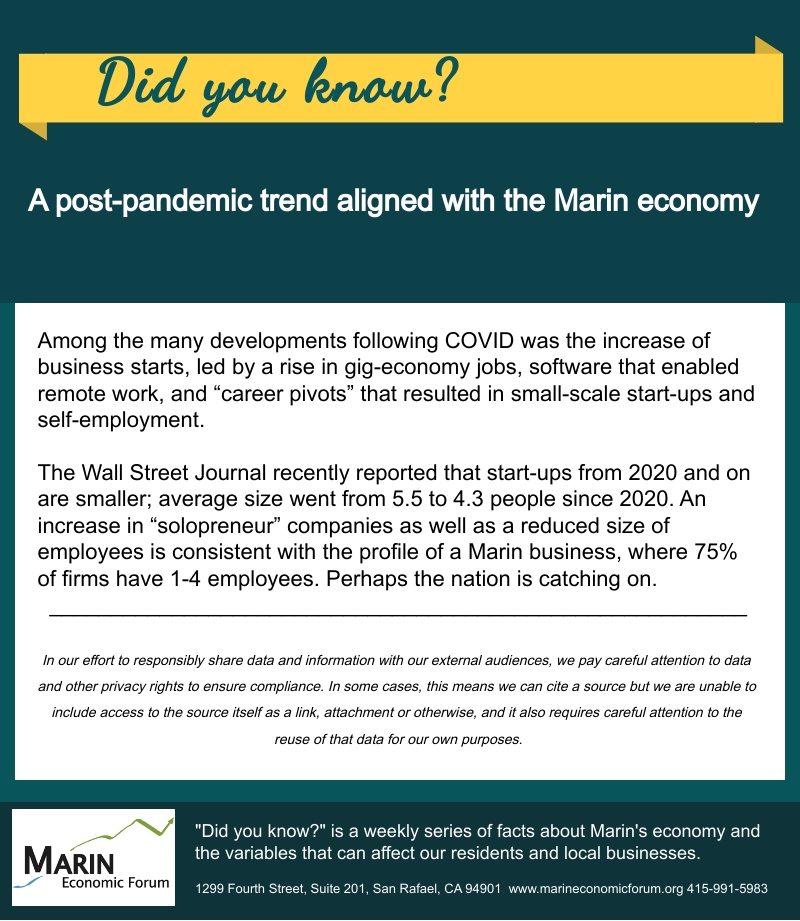Written on . Posted in Did You Know?, Recent News
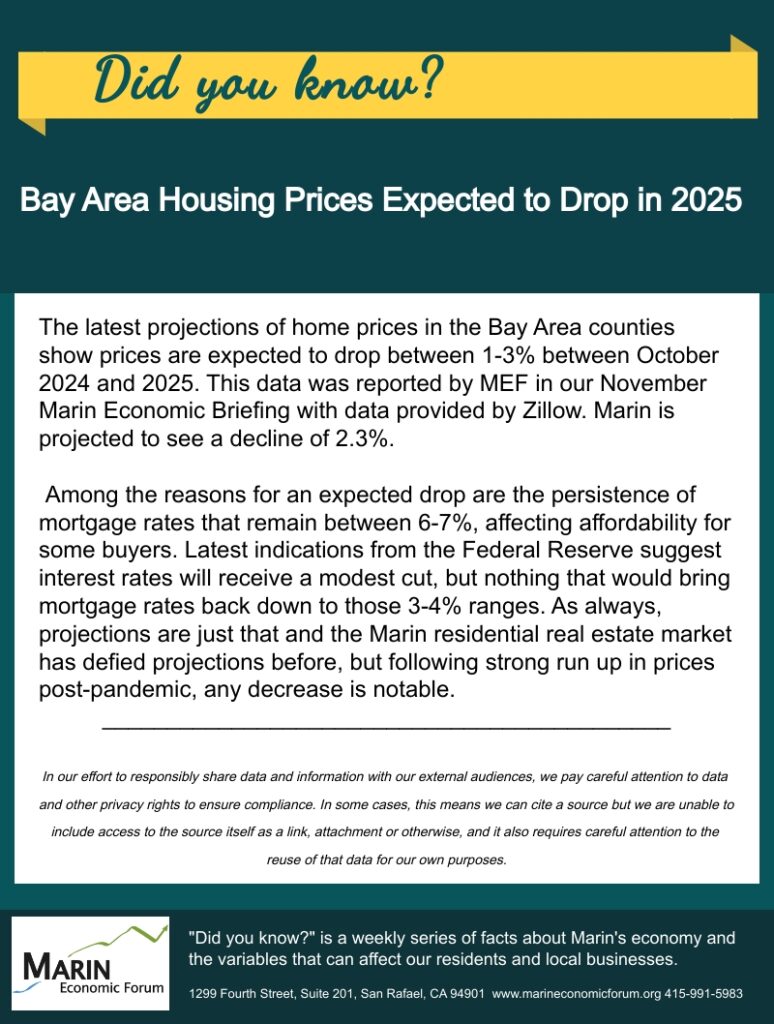
Written on . Posted in Did You Know?, Recent News
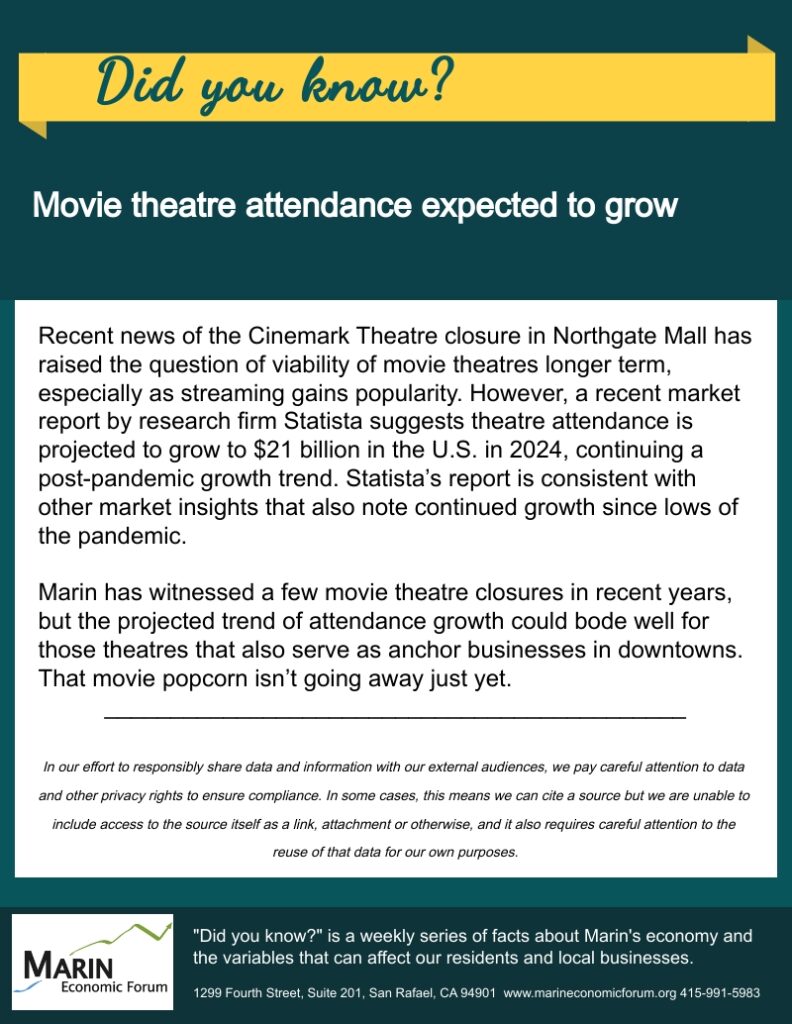
Written on . Posted in Did You Know?, Recent News
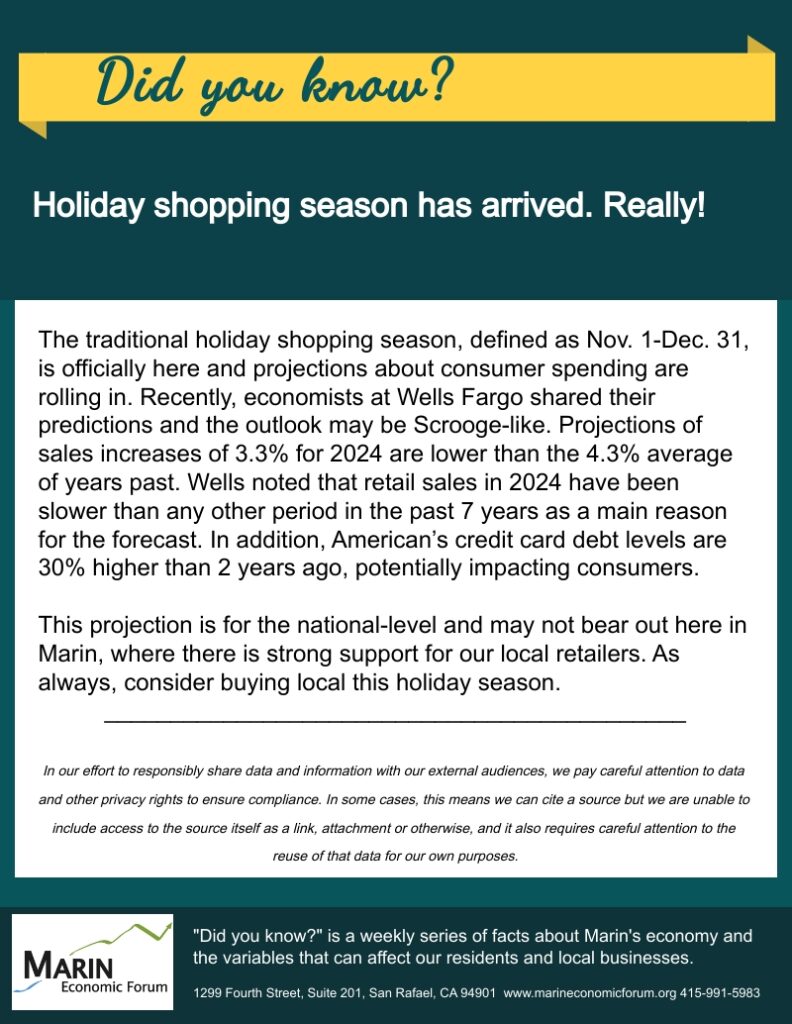
Written on . Posted in Did You Know?, Recent News

Written on . Posted in Did You Know?, Recent News
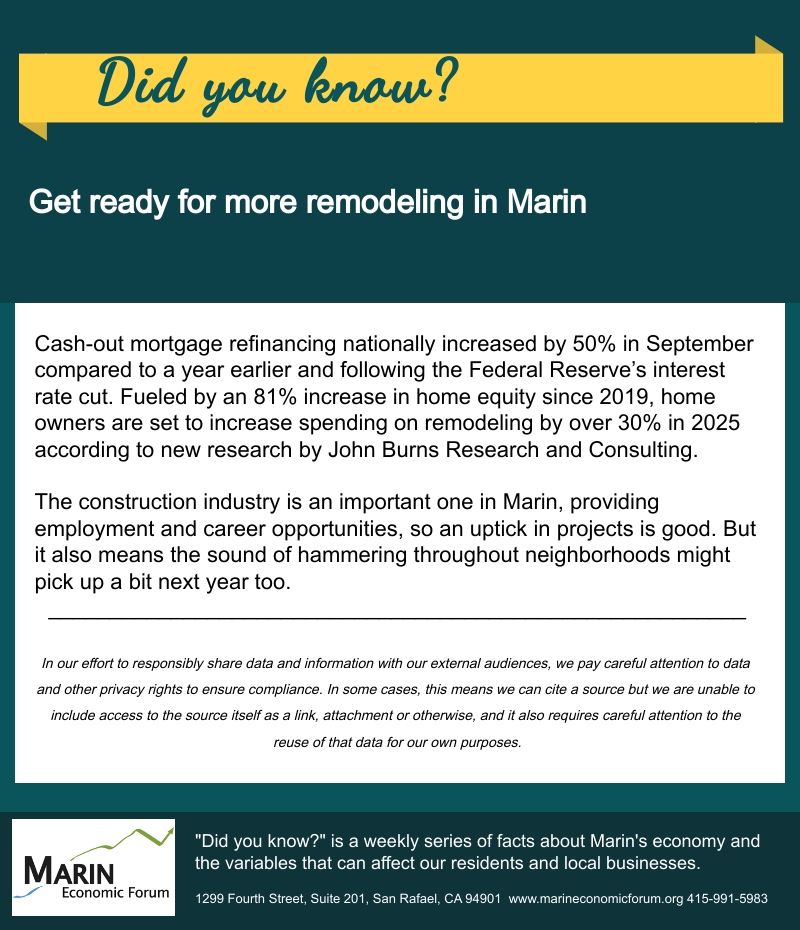
Written on . Posted in Did You Know?, Recent News
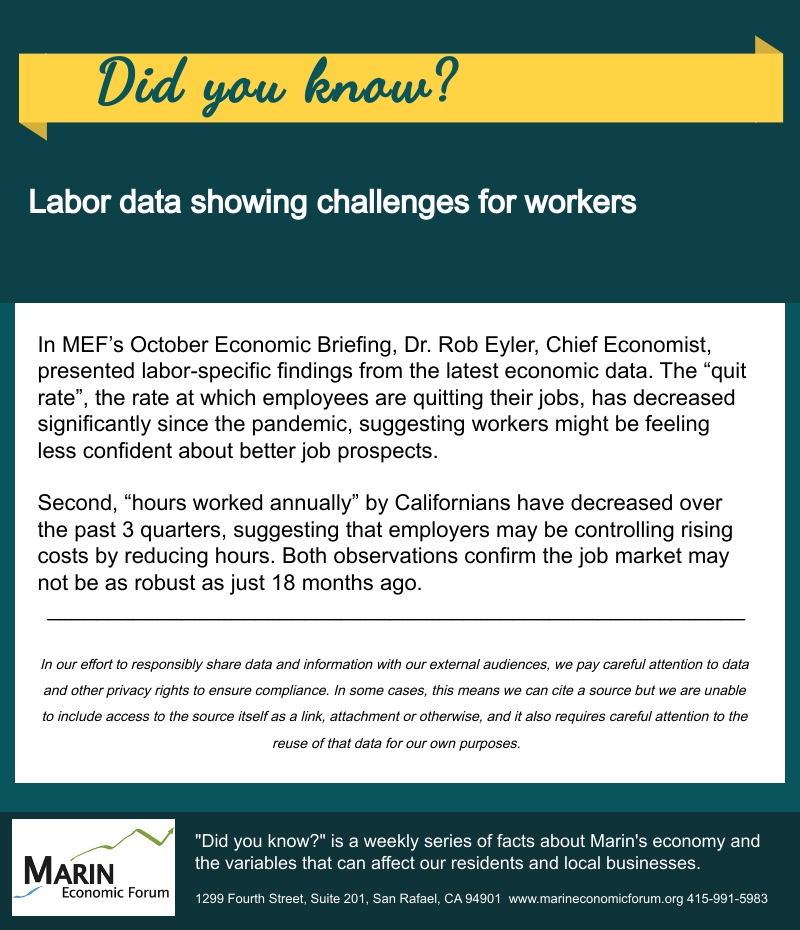
Written on . Posted in Did You Know?, Recent News
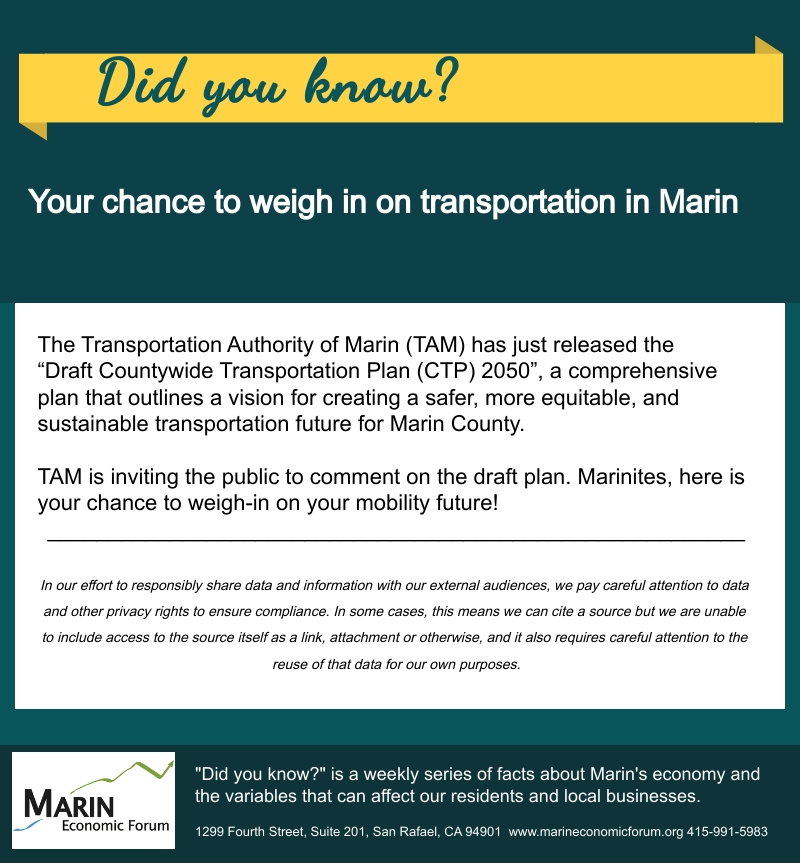
Written on . Posted in Did You Know?, Recent News
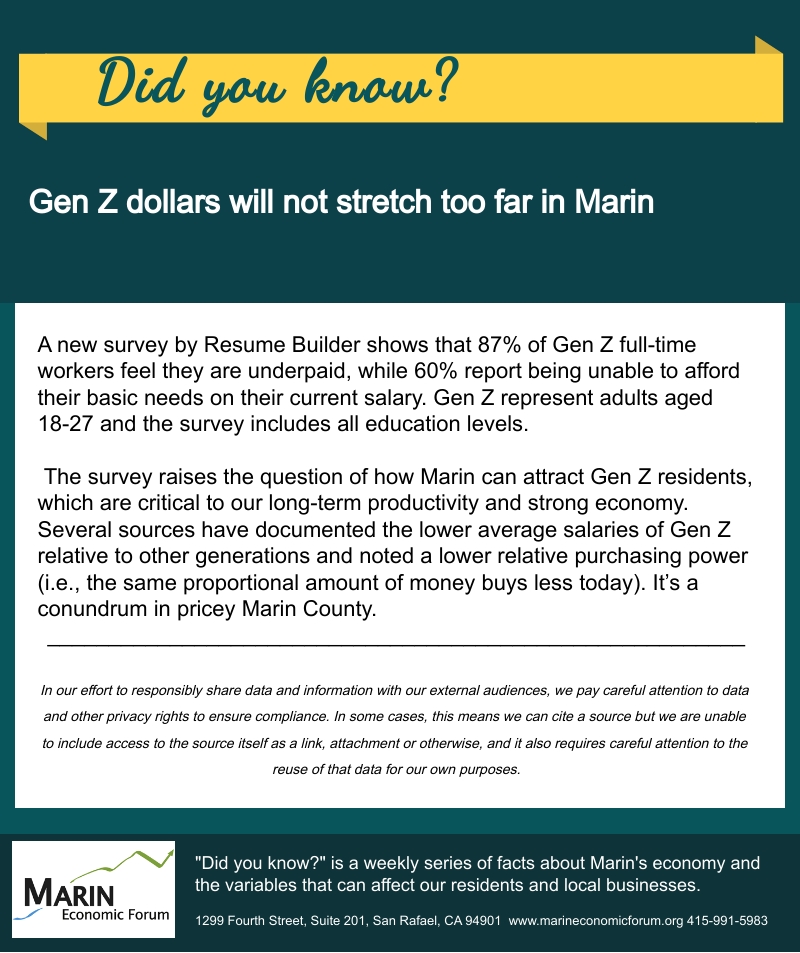
Written on . Posted in Did You Know?, Recent News

Written on . Posted in Did You Know?, Recent News
